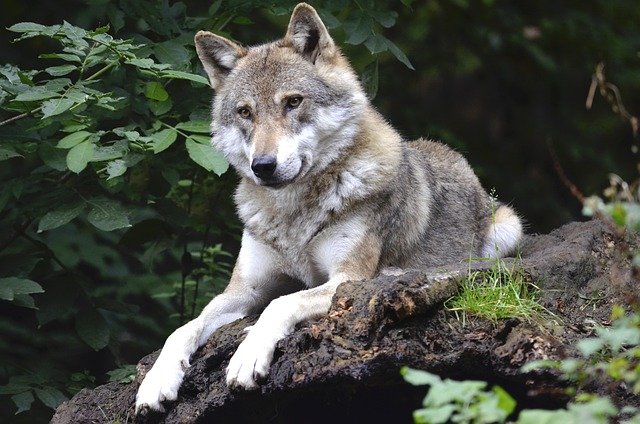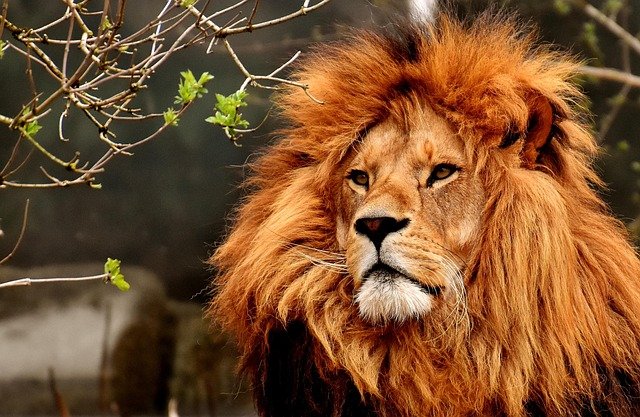
Introduction
When we think of wolves, we often picture haunting howls under the moonlight or fierce packs chasing prey through snow-covered forests. But beyond the drama and power, there’s a side of wolves that often goes unnoticed — their quietness. In the wild, wolves are not just fierce predators; they are remarkably silent and calculated creatures. This blog takes you into the mysterious world of the wolf’s quiet nature and the reasons behind it.
1. Masters of Silence
Wolves are among the most stealthy animals in the natural world. Their ability to move through forests, tundra, and plains with near-silent steps is vital for their survival. Unlike loud or careless predators, wolves rely heavily on silence when they hunt, scout, or stalk their prey.
- Soft Paws: Their padded feet help them walk quietly over leaves, snow, and rocky ground.
- Pack Coordination: Wolves communicate through subtle signals like eye contact, tail movement, or body posture — no barking or growling unless absolutely necessary.
- Ambush Tactics: Silence allows them to get close before launching an attack. It increases their chances of success and helps conserve energy.
2. Communication Without Sound
Wolves are highly social animals, but much of their communication happens without a single noise.
- Body Language: A glance, a raised tail, a slight crouch — all these carry deep meaning within the pack.
- Scent Marking: Wolves use smell more than sound to mark territory and identify each other.
- Only Howl When Needed: While their howls are famous, wolves don’t howl all the time. They do it for specific reasons: to locate pack members, warn rivals, or celebrate a reunion.
In many ways, silence is their language of strength and survival.
3. The Purpose of Quiet
Why are wolves so quiet? It’s all about strategy, survival, and efficiency.
- Avoiding Enemies: In the wild, making too much noise can attract unwanted attention — from bears, rival wolf packs, or even humans.
- Hunting Advantage: The quieter the hunt, the greater the success. Prey animals like deer, elk, and rabbits have sharp ears.
- Pack Hierarchy: Wolves maintain order in the pack without chaos. Quiet dominance through posture and respect keeps things running smoothly.
4. What We Can Learn from Wolves
The quietness of wolves teaches us powerful lessons in patience, presence, and purpose.
- Silence is Strength: In a world filled with noise, wolves remind us that silence can be powerful.
- Listen More: Like wolves, we can learn to observe more deeply and act more wisely by being still.
- Unity Without Words: True teamwork, whether among wolves or humans, doesn’t always need loud voices — just trust and understanding.
Conclusion
Wolves may be wild, strong, and feared by some — but at their core, they are creatures of deep silence and careful movement. Their quietness isn’t weakness; it’s a survival tool, a form of intelligence, and a reflection of their close-knit pack life. In the whispering woods or the snow-covered tundra, the wolf walks quietly — and in that silence lies their timeless power.






